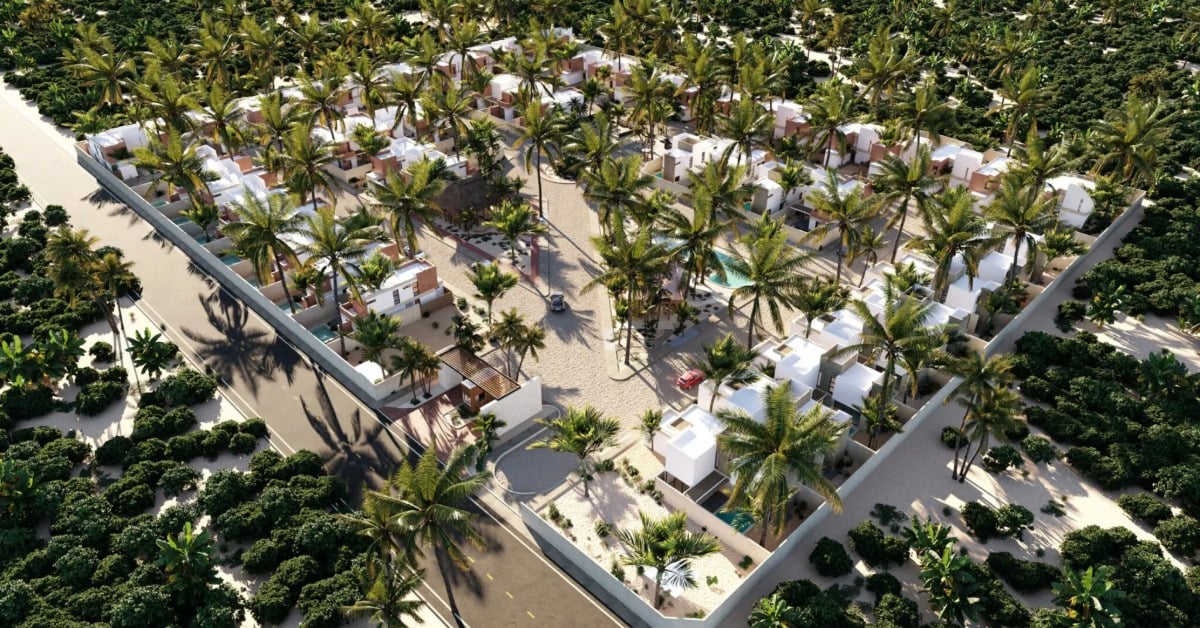Discover how Mexico leads global trends in luxury real estate development Mexico, offering wellness-focused projects in Mérida, Tulum and Cancún that blend design, sustainability and smart profitability . . .

Discover how Mexico leads global trends in luxury real estate development Mexico, offering wellness-focused projects in Mérida, Tulum and Cancún that blend design, sustainability and smart profitability . . .
